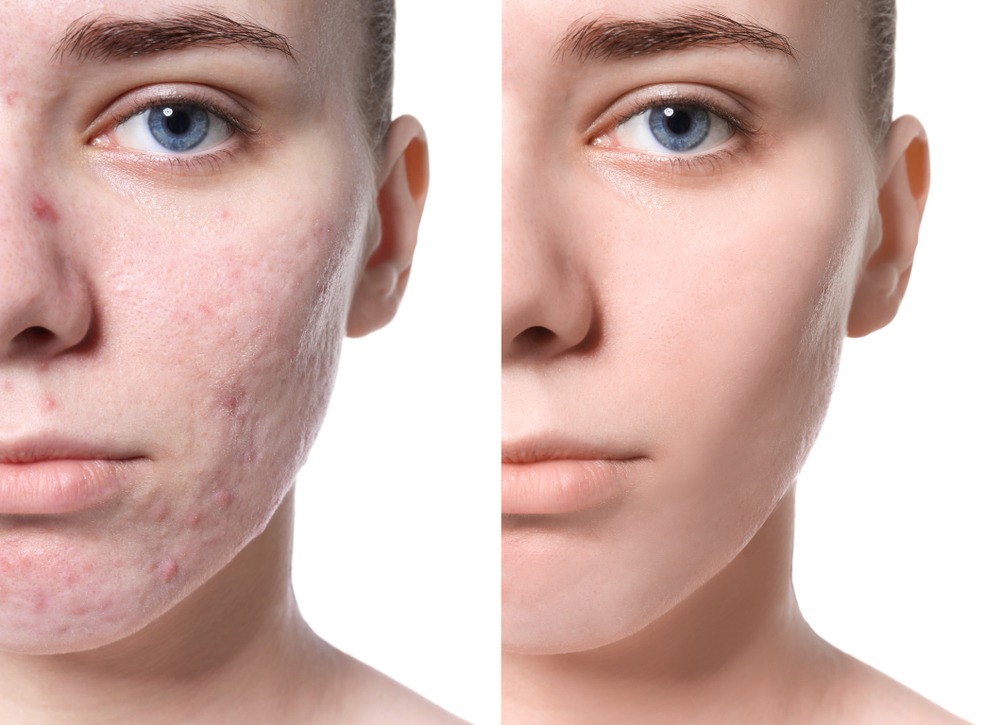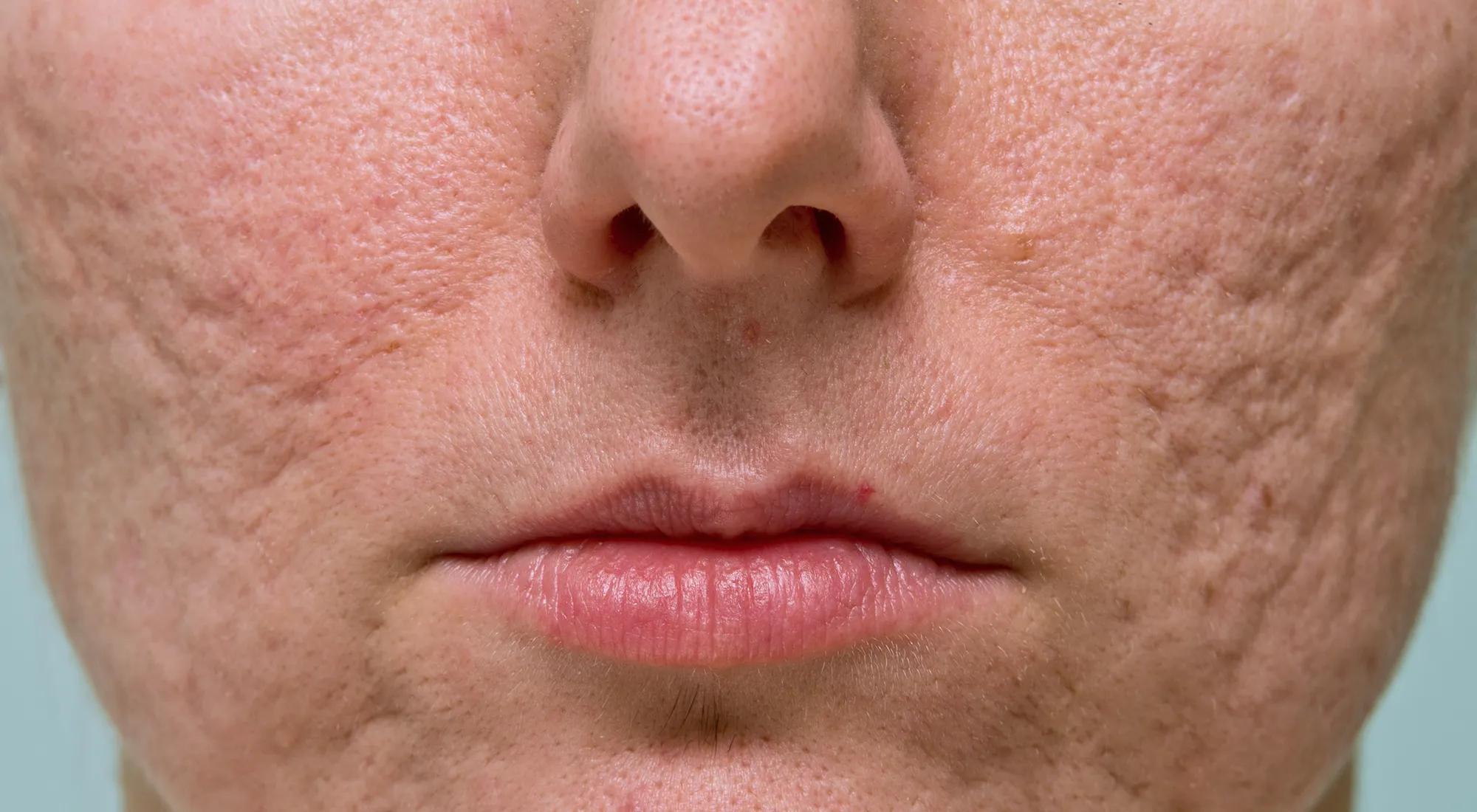Exactly How to Treat Acne Scars: Proven Techniques for a Remarkable Skin tone
Exactly How to Treat Acne Scars: Proven Techniques for a Remarkable Skin tone
Blog Article
Exploring Skin Disease: Dealing With and determining Acne Scars for Healthier Skin
Acne scars stand for a substantial concern for individuals seeking to maintain healthy skin, as they can influence both appearance and self-esteem. Recognizing the numerous kinds of marks, from atrophic to hypertrophic, is important for determining ideal treatment options. While specialist treatments like chemical peels and microneedling can be reliable, the value of individualized care plans can not be overemphasized. Additionally, preventative measures play an essential function in reducing future scarring. As we discover these aspects, one should consider exactly how the right technique can lead to transformative outcomes.
Comprehending Acne Marks

The body's all-natural healing process can result in either atrophic scars, which look like clinical depressions in the skin, or hypertrophic marks, which are increased and arise from overproduction of collagen. Furthermore, the psychological toll of acne scars must not be ignored; numerous people report sensations of embarrassment, stress and anxiety, and reduced self-esteem. This emotional problem can impact social interactions and overall lifestyle.
Addressing acne scars needs a thorough understanding of their development and influence. Awareness of the potential for long-term consequences related to without treatment marks can encourage people to look for ideal therapies. Early treatment and effective administration techniques can dramatically improve skin look and improve mental durability, highlighting the relevance of recognizing the complexities surrounding acne scars.
Sorts Of Acne Marks
Acne scars can be categorized right into unique kinds, each exhibiting distinct features and needing particular therapy approaches. acne scars treatment. The key kinds of acne marks consist of atrophic, hypertrophic, and keloid marks

Hypertrophic scars, on the other hand, are raised over the skin degree and are the result of too much collagen production throughout the recovery process. They generally continue to be within the boundaries of the original acne sore. Keloid marks are similar but extend beyond the initial injury website, forming larger, elevated locations that can be itchy or painful.
Understanding these types of scars is crucial for picking suitable treatment choices. Various scars may respond far better to specific treatments, such as laser treatments, fillers, or medical treatments, emphasizing the significance of a customized strategy to acne scar administration.
Determining Your Scars
When reviewing the appearance of your skin, it is crucial to precisely identify the type of marks existing, as this will notify the most efficient therapy technique. Acne marks generally come under two classifications: atrophic and hypertrophic marks. Atrophic marks, which are the most typical, show up as depressions or impressions on the skin. These can even more be identified into ice-pick scars, boxcar marks, and rolling scars, each displaying distinctive characteristics and needing various approaches for assessment.
Hypertrophic scars, on the other hand, are increased and happen due to excessive collagen production during the recovery process. Recognizing the particular attributes of your marks-- such as width, deepness, and structure-- is important for proper identification (acne and acne scars treatment). Furthermore, take into consideration the distribution of marks throughout your skin, as this can show the intensity and period of the acne condition
Engaging with a skin specialist can offer beneficial insights into the nature of your scars, aiding in the differentiation in between different types. An extensive understanding of your scars will ultimately lead to a much more customized and efficient treatment strategy, making sure a clearer and healthier skin.
Therapy Choices Available
Recognizing the specific type of acne scars existing on your skin lays the groundwork for exploring effective therapy options. Typical sorts of acne scars consist of atrophic (clinically depressed), hypertrophic (increased), and post-inflammatory erythema.
For atrophic scars, options such as chemical peels, microneedling, and laser resurfacing are extensively made use of. Chemical peels utilize acids to get rid of the outer layer of skin, advertising new cell growth. Microneedling includes tiny needles that develop micro-injuries, promoting collagen production. Laser resurfacing targets harmed skin cells, improving appearance and tone.
Hypertrophic marks can be treated with corticosteroid injections to squash the mark or laser therapy to lower inflammation and boost look. Silicone gel sheets and pressure dressings may additionally help in managing elevated marks.
On top of that, facial fillers can momentarily fill out clinical Recommended Reading depressions from atrophic scars, while medical excision might be appropriate for severe situations. Each treatment option has its factors to consider and benefits, making it vital to speak with a skin specialist. They can give customized referrals based on the type and intensity of your marks, as well as your skin type and total wellness.
Tips for Prevention
Reliable prevention methods can significantly decrease the probability of creating acne marks. The initial step is to preserve a regular skin care routine that includes gentle cleansing, peeling, and moisturizing. Using non-comedogenic products helps avoid clogged pores, which can intensify acne. Furthermore, integrating topical therapies consisting of salicylic acid or benzoyl peroxide can properly decrease and take care of outbreaks inflammation.
Staying clear of need to pop or pick acne sores is crucial, as this can bring about deeper skin damages and raise the threat of scarring. Rather, think about using a cool compress or non-prescription therapies to decrease swelling and redness.
Sun defense is an additional vital aspect of avoidance; ultraviolet (UV) rays can dim marks and impede the healing process. Using a broad-spectrum sunscreen with at the very least SPF 30 daily can shield the skin and promote even healing.
Lastly, maintaining a well balanced diet plan rich in minerals, antioxidants, and vitamins supports skin health and recovery. Remaining hydrated and handling stress levels can likewise play a substantial role in decreasing acne flare-ups. By carrying out these techniques, people can substantially decrease their possibilities of developing acne scars.
Verdict
In verdict, understanding and identifying acne scars is necessary for reliable therapy and achieving healthier skin. Various types of acne scars, including hypertrophic and atrophic marks, demand specific treatments customized to specific demands.
The body's all-natural recovery procedure can result in either atrophic marks, which show up as clinical depressions in the skin, or hypertrophic marks, which are elevated and result from overflow of collagen. They are more separated right into 3 subtypes: ice choice marks, boxcar scars, visit here and rolling scars. Acne marks generally drop right into 2 categories: atrophic and hypertrophic scars. These can further be classified into ice-pick marks, boxcar scars, and rolling scars, each exhibiting distinct characteristics and requiring different approaches i was reading this for assessment.
Numerous kinds of acne scars, including atrophic and hypertrophic scars, necessitate details treatments customized to private needs.
Report this page